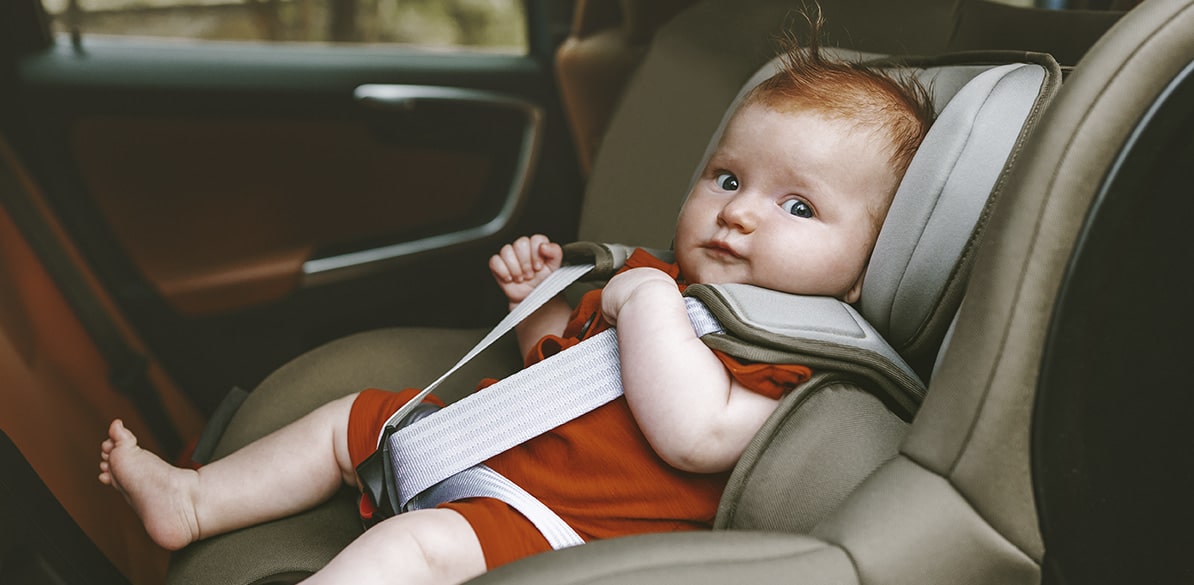Rear-facing systems
Are they safe in a rear-end collision?

Road Safety
One of the most common arguments for not transporting children facing backwards is: what happens if someone hits your rear end?
First of all, we must not forget that the most common type of accidents are frontal collisions. In this scenario, there is no doubt that the best protection is always provided by a rear-facing child restraint system.
In the event of a side collision, the tests and studies conducted have not established a noticeable improvement in terms of damage to crash test dummies based on whether the child seat is forward-facing or rear-facing. In any case, these studies are conducted under conditions where the vehicle being hit is stationary, so there is no force to displace the head forward.
In reality, in most side collisions the vehicle being struck from the side is moving forward, so during the collision there is a smaller forward force component and a much larger lateral component. This component causes the child to move sideways towards the side of the collision, but also forwards.
Under these conditions, in forward-facing child seats, the head tends to move out of the protection of the head restraint whereas, in rear-facing child restraints, the head restraint tends to protect the head better. This means that, in this case, a rearward-facing child restraint offers better protection.
Now let’s move on to the scenario that is the subject of this article: the possibility of a rear-end collision.
In general, critics of rear-facing restraint systems argue that having a collision at 50 km/h with a forward-facing child restraint system is the same as “receiving” a rear impact at 50 km/h and, therefore, in the event of a rear impact, the results in rear-facing seats are the same as those in forward-facing seats.
It is very difficult to justify this argument. To say that the injuries in case of a rear impact will be the same as if the child is facing forward is to assume de facto that when the child is facing forward, and let’s not forget which is the most common collision, the child is at greater risk of injury than when facing backward.
Moreover, the argument is incorrect. We cannot suddenly change the vehicle the child is in to suit us. In other words, in a head-on collision, say at 50 km/h, the occupant experiences a sharp deceleration and the injuries resulting from that deceleration.
In a rear-end collision at 50 km/h, the rear-impacted vehicle is stationary or nearly stationary, and it is the vehicle coming from behind that is moving at 50 km/h. The effect of the deceleration resulting from this collision on the child traveling in a rear-facing direction bears little resemblance to the previous scenario (head-on collision), since for it to be the same, the stationary vehicle would have to accelerate to 50 km/h in a very short time. In physics this is called an elastic collision (conservation of kinetic energy), and a collision between two vehicles, fortunately, is never an elastic collision. Consequently, the vehicle receiving the rear-end collision will experience neither the same final velocity nor the same acceleration as the vehicle generating the impact.
So under no circumstances is having a collision at 50 km/h the same as being rear-ended by a car doing 50 km/h.
Probably the best published study on rear collisions and rear-facing restraints was published in 2017 and carried out by Ohio University (Performance of rear facing CRS in rear impacts, Julie Bing). It finds that “rear-facing child restraints are the safest type of child restraint for the youngest occupants considering all collision scenarios.”
